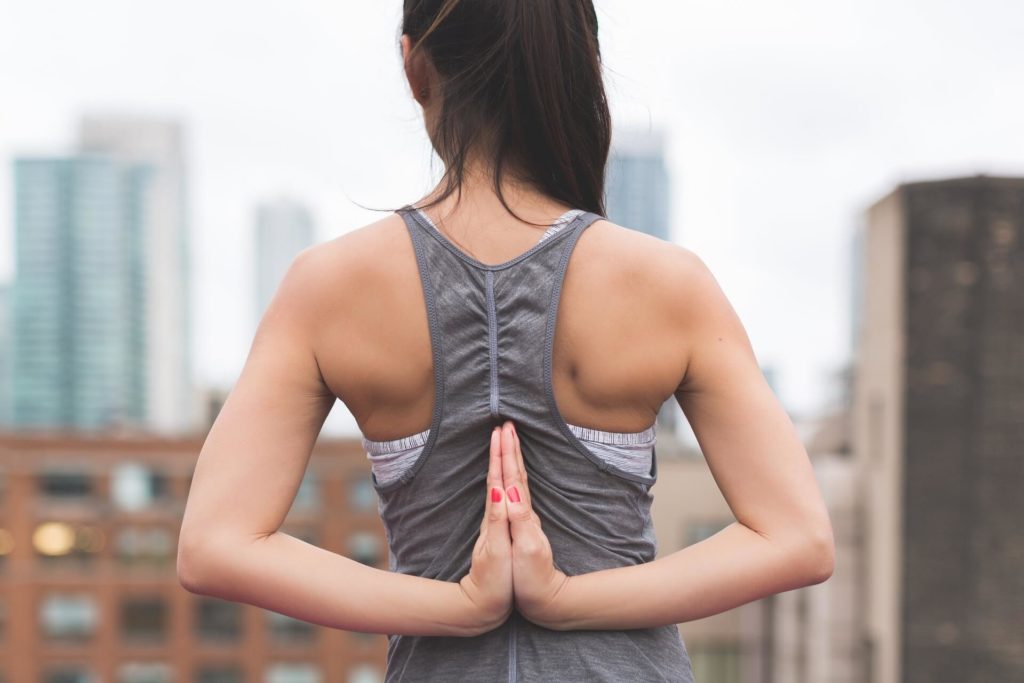If you’ve ever grumbled to yourself that “stretching” is a rather vague fitness directive to get from your doctor or physical therapist, you’re not alone. There’s definitely more than one way to stretch. Done properly, the moves you make can help you recover from an injury, or prevent future problems. But unfortunately, choosing the wrong kind of stretching can make things worse.
Of course, we’re always here to help you deal with your injury or concerns. In the meantime, an overview of some common stretching categories, and what each type entails, can be helpful.
Passive Stretching
This type of stretching certainly isn’t challenge-free, but it does allow you to give your targeted muscles some assistance. With passive stretching, you use your own hands, some furniture, or another person to help you hold the body part in place, as you relax the muscle group you’re focused on, into a slow stretch.
Passive stretching is used for easing muscle spasms and preventing soreness, and usually done in the cool-down phase after a workout.
Active Stretching
These movements are ones in which muscle groups are worked in tandem, with the injured area being relaxed, while the coordinating muscles are contracted — as with your hamstrings supporting your quads in a specific stretch.
Active stretching builds flexibility on the stretched muscles, and strength in the supporting ones. It’s useful for preventing injury, and is best done during warm up.
Dynamic Stretching
Imagine swinging your arm or leg back and forth just slightly, and fairly slowly, then gradually picking up speed and increasing the range of motion. This is how dynamic stretching works. The movements should be smooth rather than stop-and-start, and shouldn’t push past the point of mild discomfort or resistance.
Use dynamic stretching when warming up for cardio, or an intense activity like pitching, so that you’ll have greater flexibility going into the workout.
PNF Stretching
Proprioceptive neuromuscular facilitation (PNF) stretching combines passive stretching with focused, isometric moves. A good example would be stretching your arm slowly upwards, then contracting your upper arm muscle for a hold of several seconds.
PNF stretching is useful for increasing range of motion when muscles have been injured, or become atrophied.
Still confused? Don’t worry — often, the descriptions sound more confusing than the moves actually are! While it’s important to do “the right stretch for the right job,” we understand that sometimes only a hands-on demonstration will do. Contact Fit 4 Life Physical Therapy for a consultation today!



